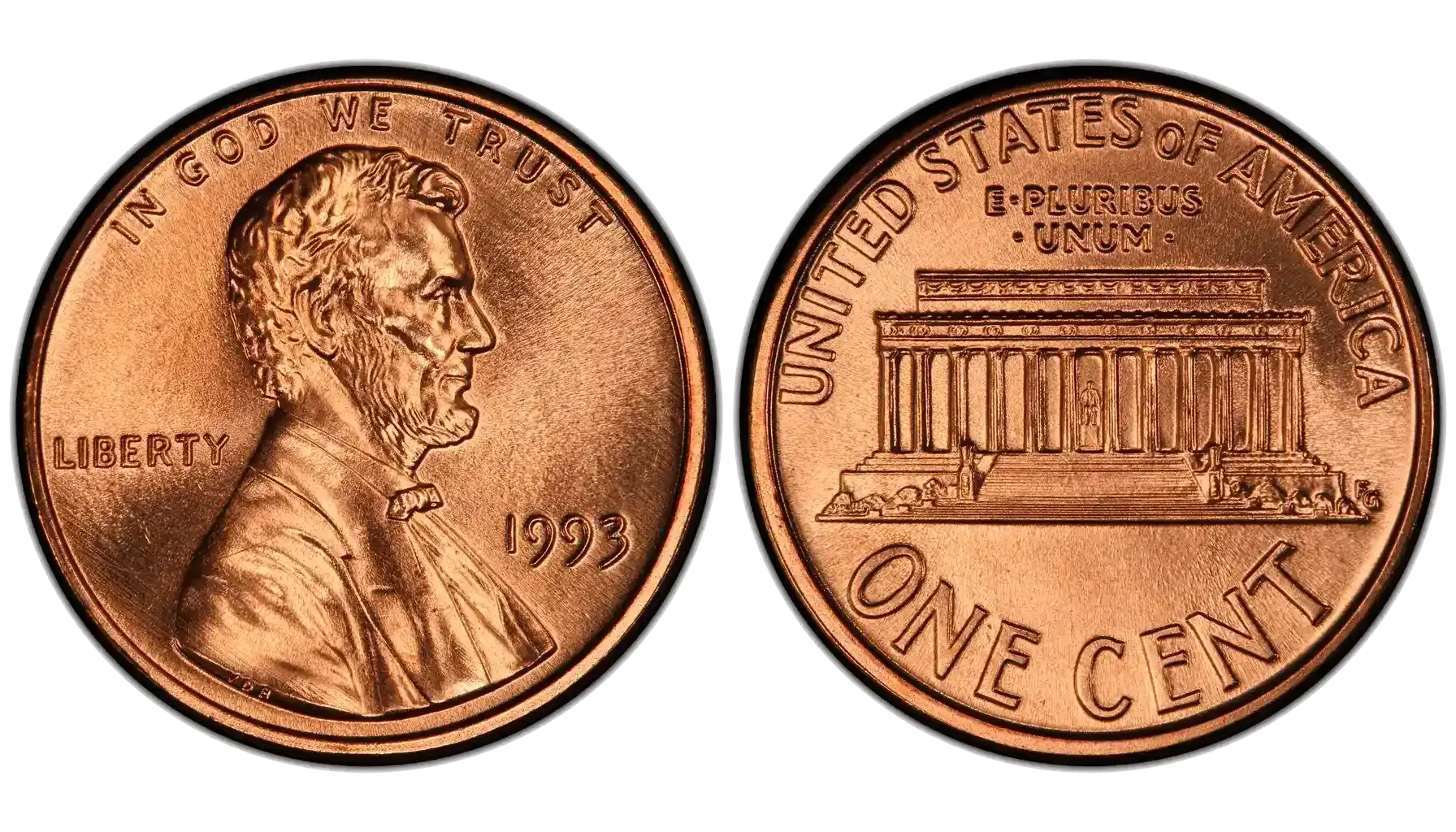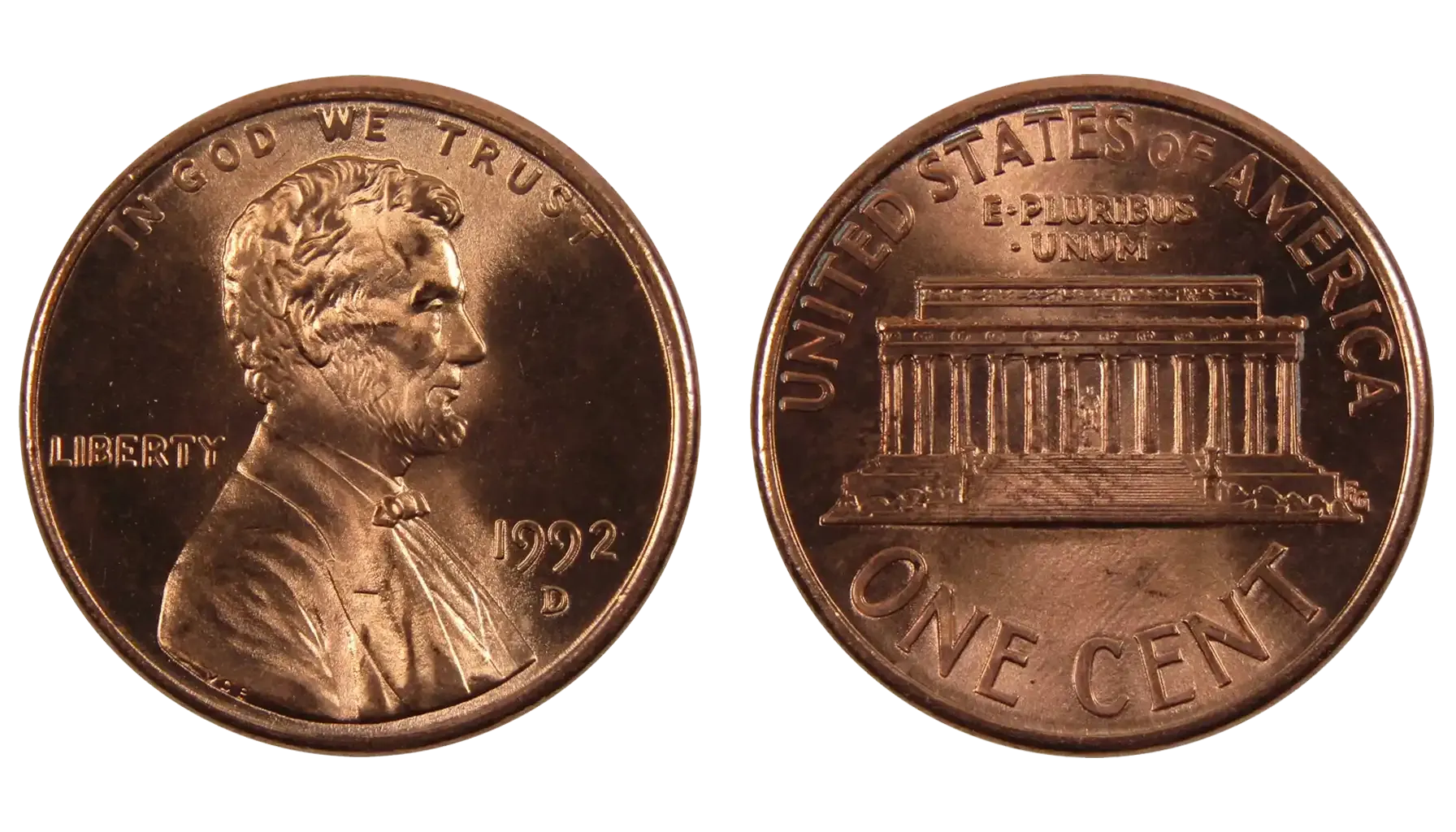Contents:
No one is perfect, and those imperfections are the peculiarities that make us unique. The same can be said about the sphere of numismatics. Although the production and the need for physical coins declined, these still serve as valuable trading tools and works of art, too. Yet, as any human-made object, it is not immune to errors and flaws.
For those interested in obtaining exquisite error coins minted in the US, we have compiled material that is to address your major concerns, including how to identify coins of this type and why these are getting even more popular. Let us explore this together.
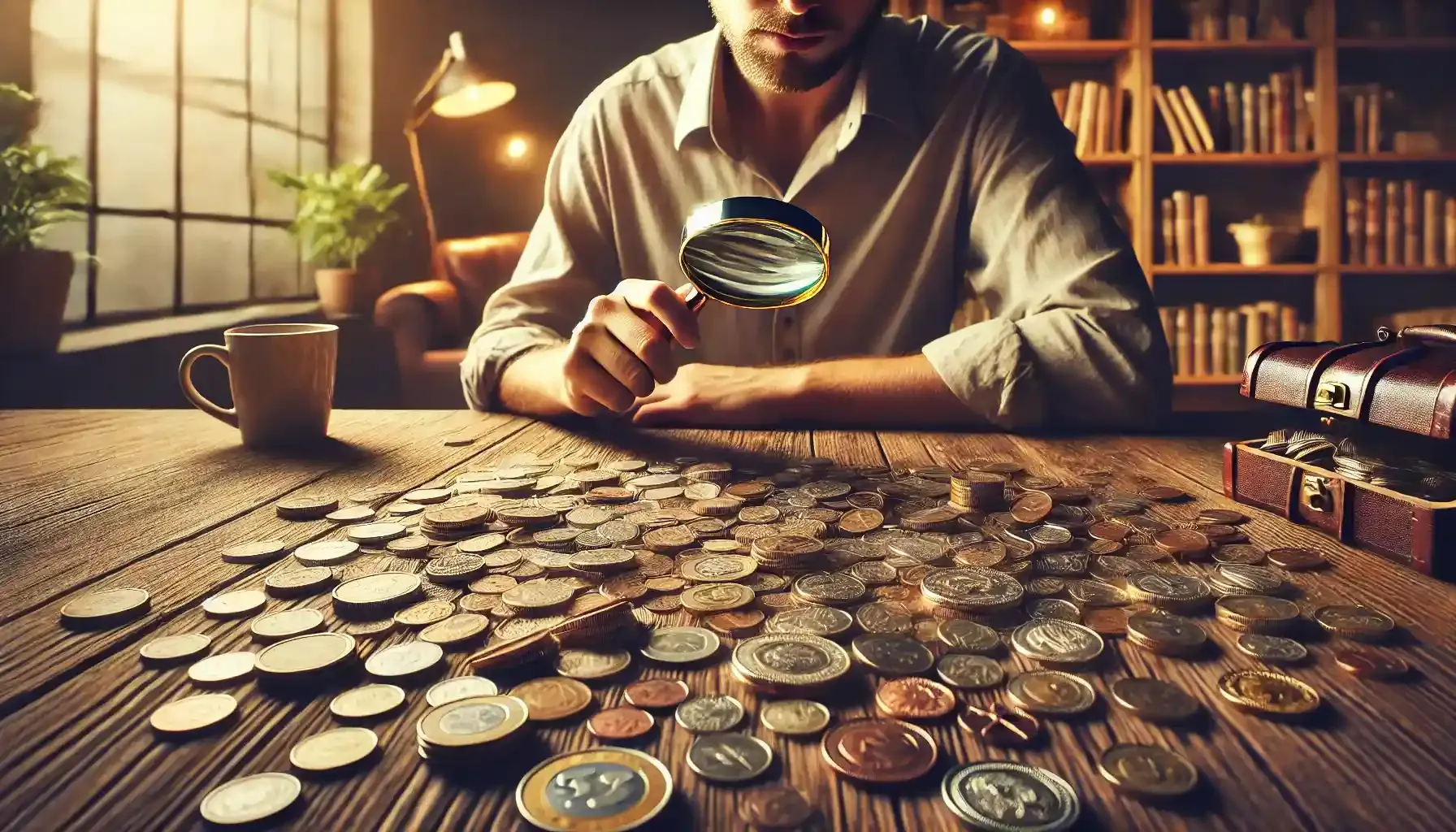
What Are Error Coins?
First, it is vital to define what an error coin means. As such, error coins are the variations with defects made during the minting process. These are usually unique and exclusive since this is more of a deviation from the original design that can be aesthetically pleasing (in ideal circumstances, though).
Although mints strive to produce flawless coins, accidents do happen from time to time. No one can predict equipment failures or other unanticipated problems. While most of these defective coins are discovered right on the spot (probably, automatically) and consequently taken out of circulation, others manage to survive the selection. And this scarcity makes them especially desirable and, thus, expensive.
Among typical kinds of mistake coins, we can highlight:
Doubled Dies: An occurrence when a misaligned die causes a coin's design to seem duplicated.
Off-Center Strikes: Coins that fail to align properly during the striking process with incomplete designs.
Planchet Errors: Instances struck on the incorrect metal plates or those lacking their main features.
Mintmark Errors: Mistakes referring to the placement or total absence of a mint mark. Find out what a mint mark is first.

Why Are Error Coins Valuable?
Due to their rarity and relatively distinctive nature, error coins represent a valuable side of numismatics on the international level. In contrast to standard varieties, these are unintentional anomalies that evade the minting process, always guided by strict quality control. But why are error coins so valuable? Here is our suggestion.
Rarity: Though it is obvious, we should mention one more time that only a small quantity of these coins enter circulation because the majority of faults are discovered and fixed on time. This is exactly why we consider them valuable. Here are other rare and valuable coins you may face.
Uniqueness: Every mistake coin is a unique piece of minting history, which breaks the rules of standard coinage.
Historical Interest: Sometimes, it is fascinating to explore what is hidden behind any item, coins not to mention. And such inconsistencies reveal stories of their origin and life.
Collector Demand: The above-mentioned factors lead us to the uprising collector's demand that boosts the prices and shapes the market for good. These are the most active members of the numismatic society, and their involvement might also define how treasured the coin can get.
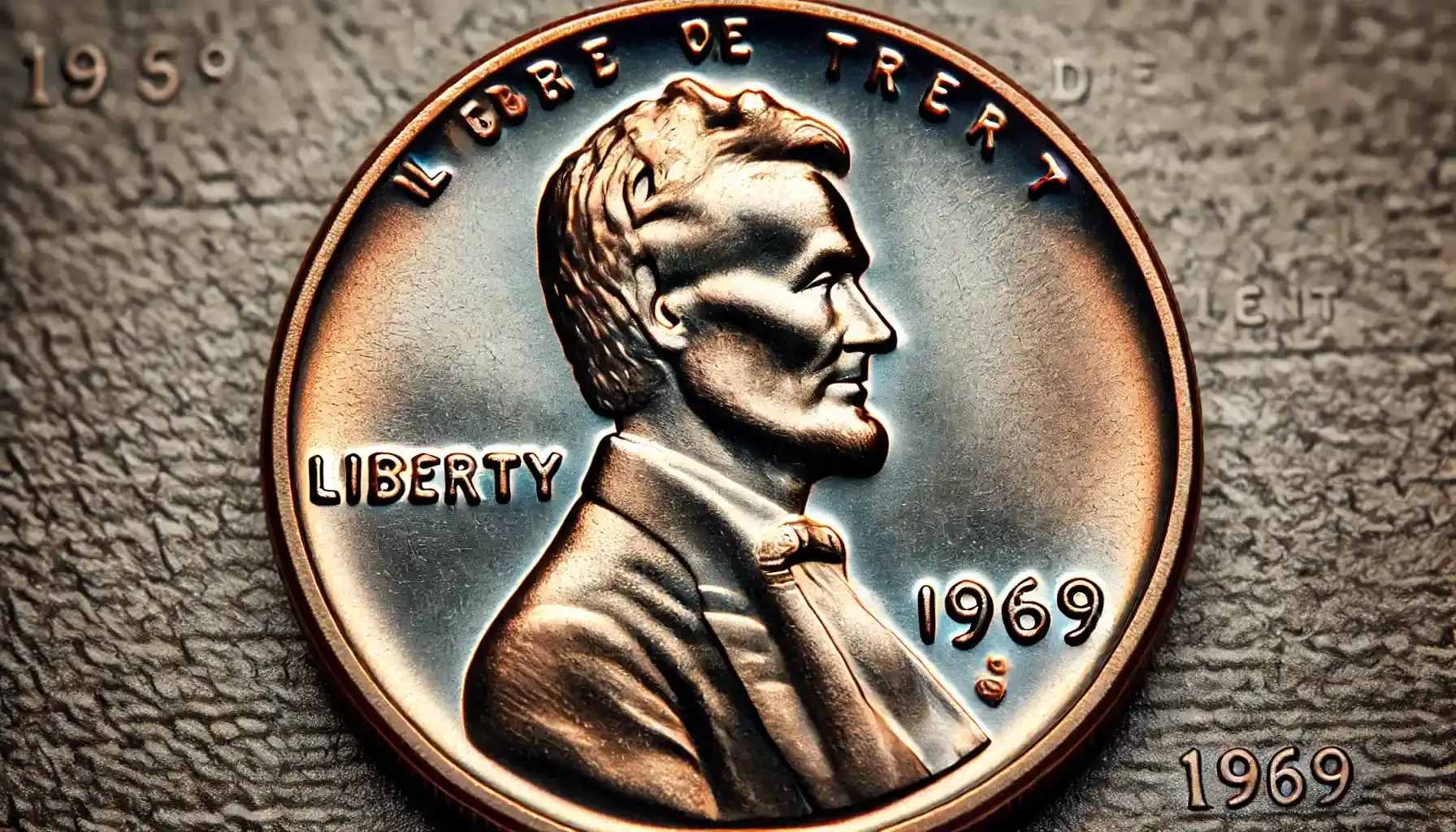
Top 5 Most Valuable Error Coins in the US
What are the most valuable error coins in the US? Indeed, it is difficult to determine. Nevertheless, so as to make it unbiased, we shall rely on the information from the auction sites (GreatCollections in this case) with the latest bids provided, as well as numismatic apps like Coin ID Scanner to identify and derive detailed information about the background, particular defects, and their significance.
1943-S Lincoln Cent Struck on Silver 10c Planchet
Value: $3,100.00
What is peculiar about this erroneous instance is that it is smaller and thinner than a typical Lincoln Cent. Besides, one may notice a dazzling silver tint that might have occurred because of a silver dime planchet employed by mistake. With portions of the image and lettering hanging off the edges, the design looks incomplete.
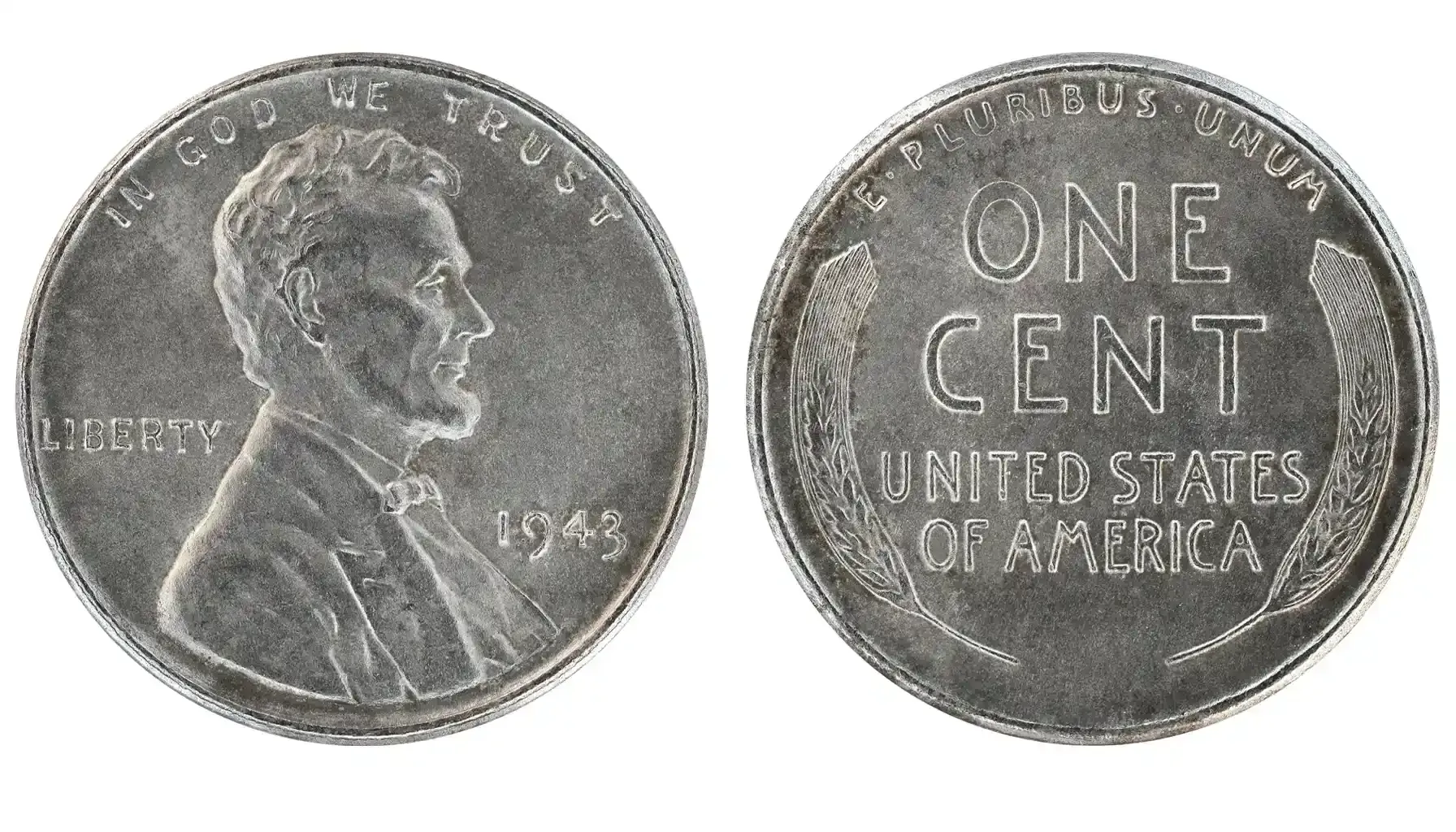
1969-S Lincoln Cent Struck on Clad 10c Blank
Value: $1,500.00
Just like the precious instance, the coin has the silvery hue of a dime, and it is lighter in weight. Since the Lincoln Cent design was pressed onto a blank intended for a narrower cent, its details seem distorted, which makes it a precious artifact in the end.
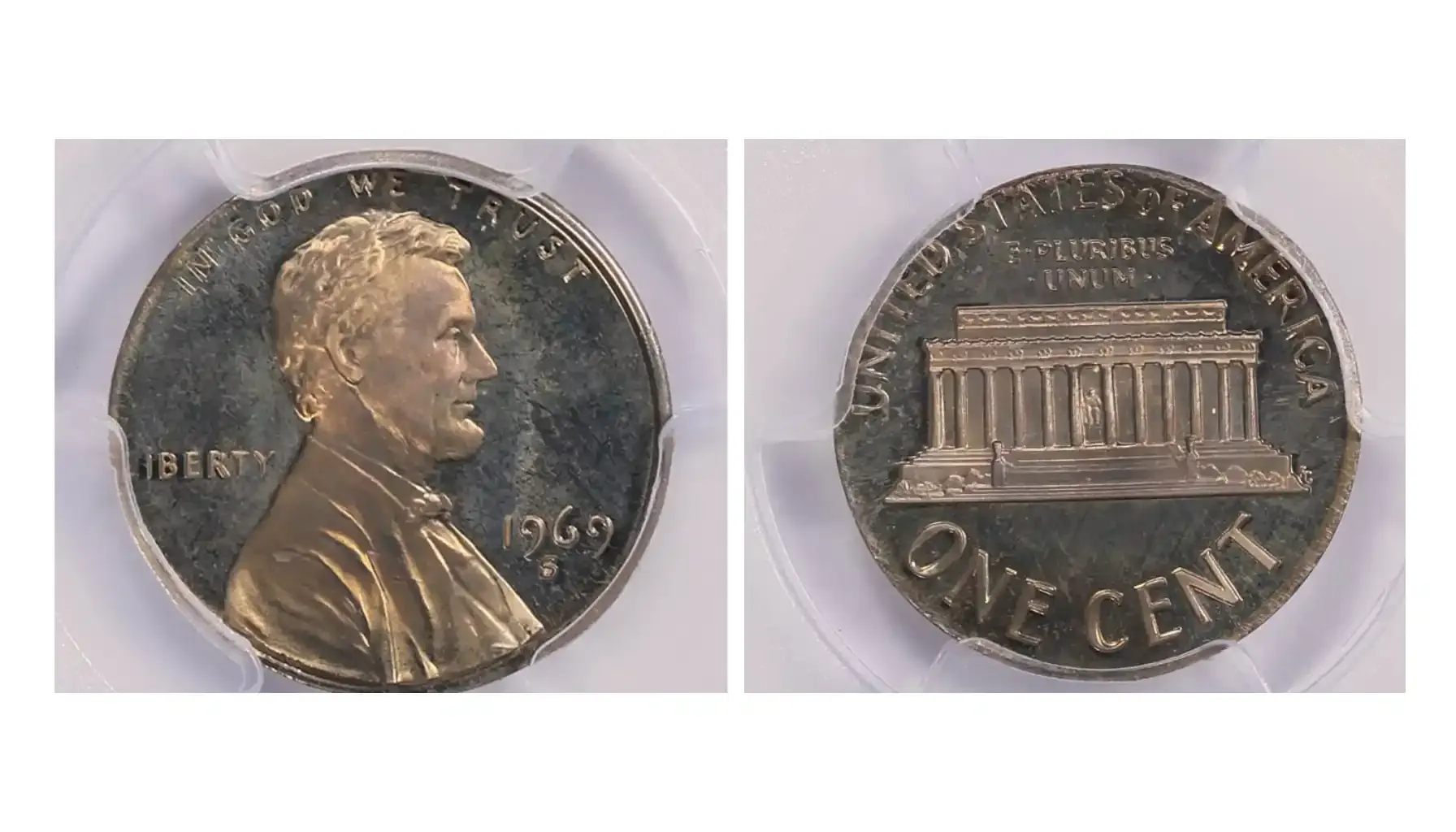
1974-D Eisenhower Dollar D/S 2nd Strike
Value: $1,005.00
This Eisenhower dollar minted in 1974 exhibits signs of a secondary strike, as evidenced by the overlapping portions of the design that produce a doubled effect. Because the "D" appears along with a "S" mint mark, it is a fascinating and highly sought-after mistake to look for.
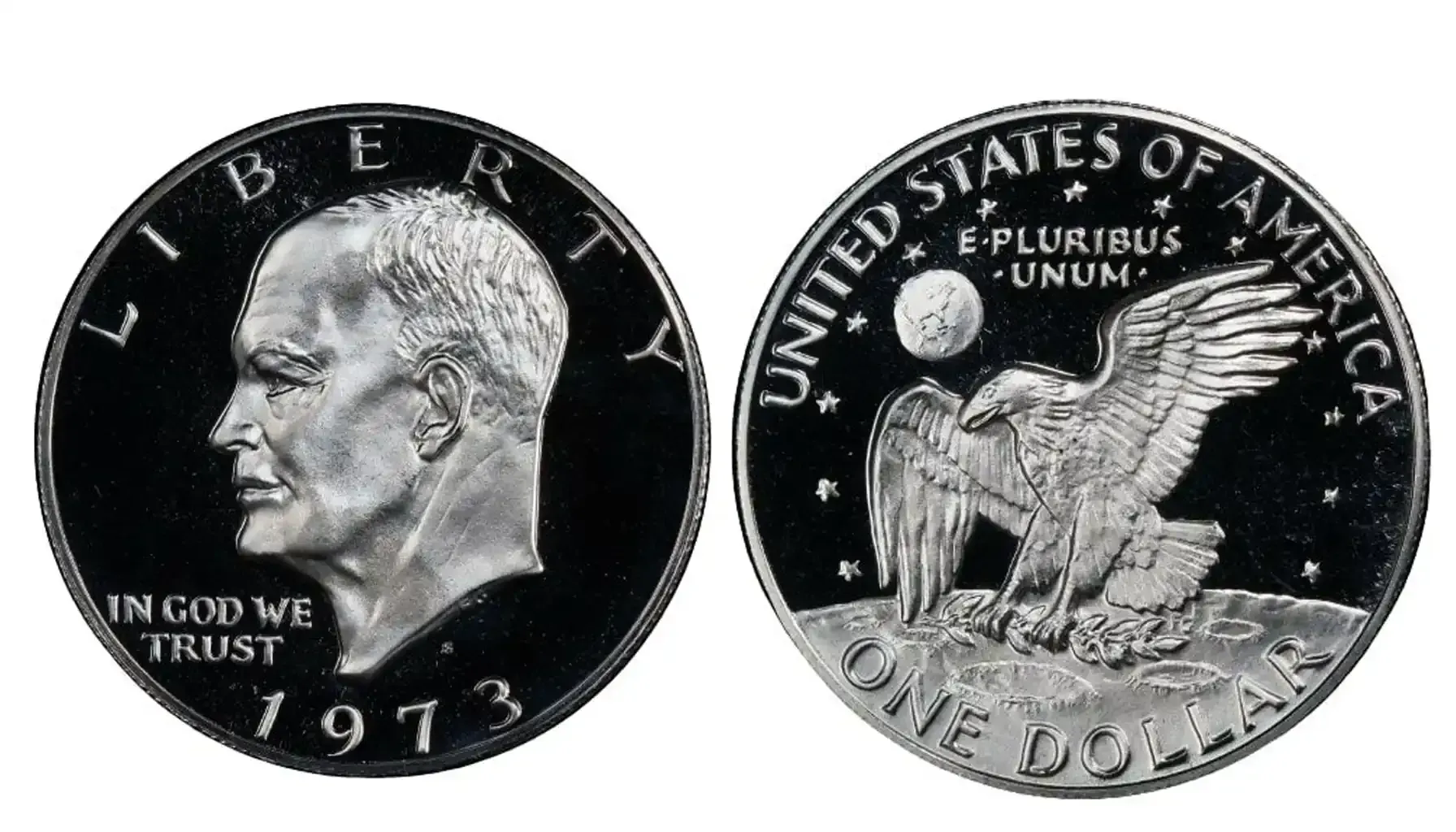
2004-D State Quarter Wisconsin Extra Leaf High/Extra Low Leaf
Value: $2,500.00
Some coins may have different, yet similar flaws. On the reverse design's corn stalk, this instance may feature an extra "leaf" that can point either downward (low leaf) or upward (high leaf). Collectors love it because of the modest but perceptible detail that makes it unique and recognizable.
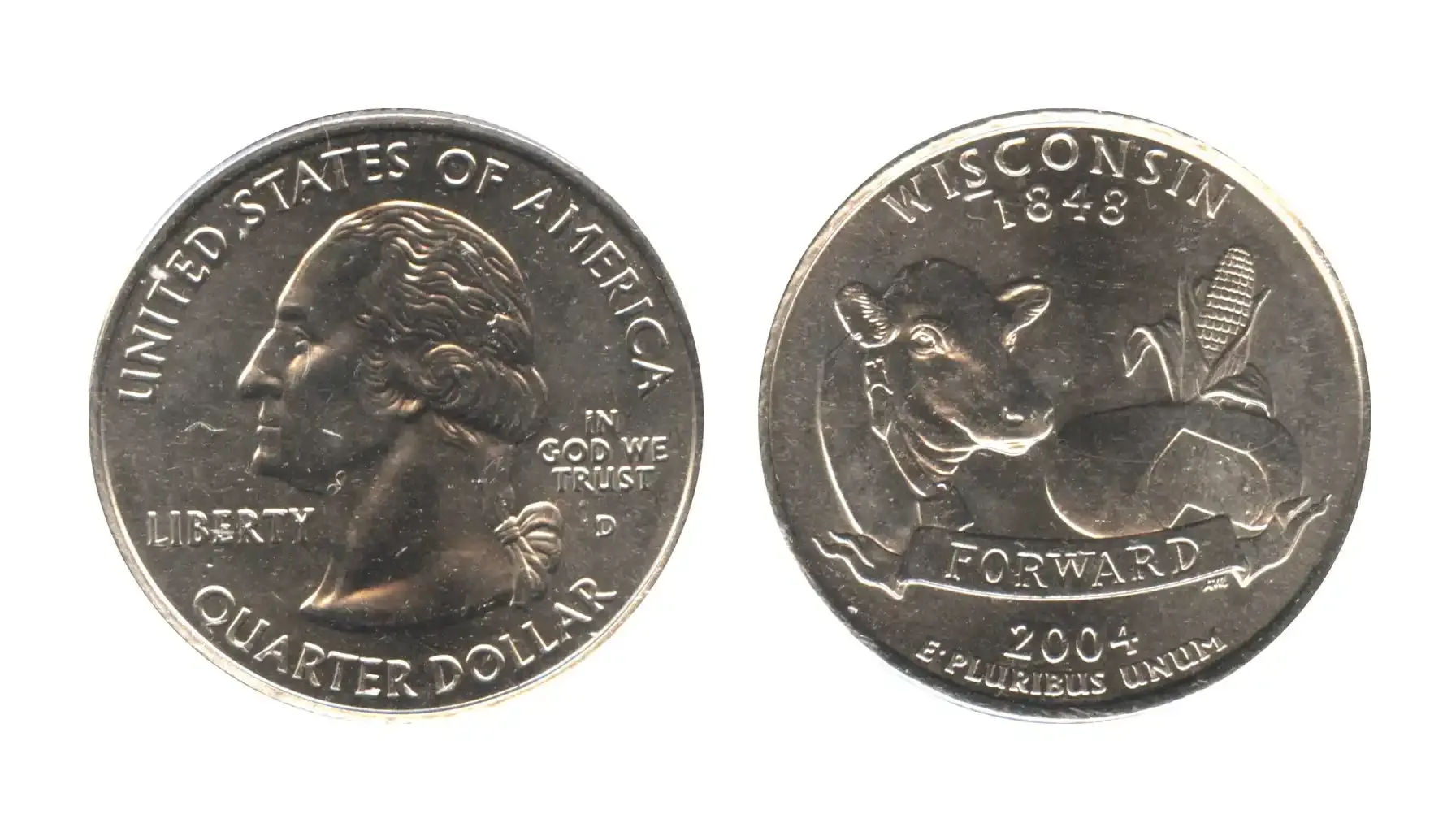
1995-P Washington Quarter Partial Collar
Value: $65.00
Finally, we may witness a partial collar strike that causes a noticeable misalignment along the borders of the coin. It differs from standard quarters thanks to the jagged, off-center appearance induced by the rim's unevenness or inconsistency.
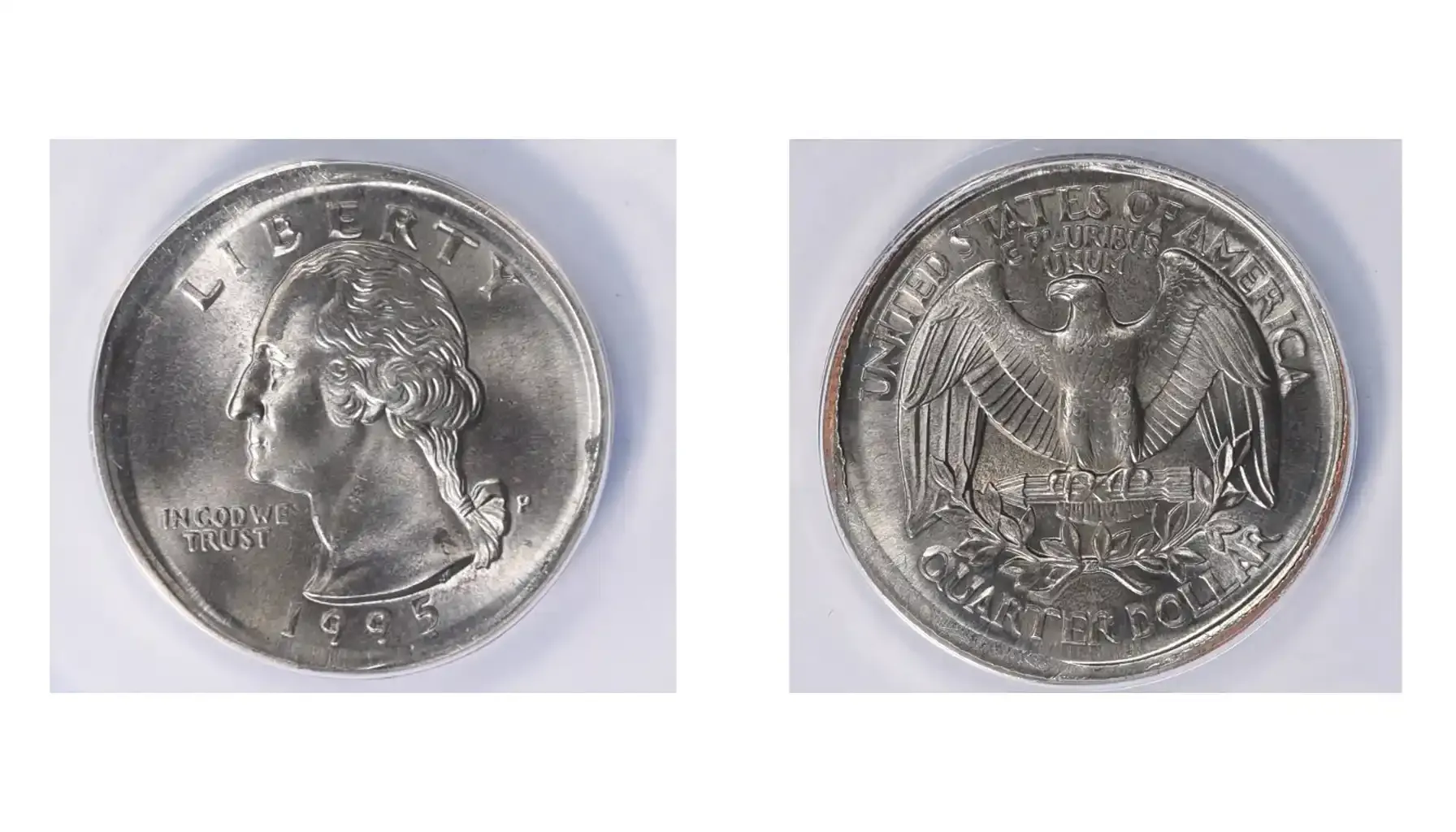
Error coins may become a great addition to any collection, for they are distinctive, amusing, and mysterious sometimes. Are error coins valuable? Yes, and it can significantly increase the worth in both aesthetic and commercial ways. So, take your time and explore errors that might occur during the minting process so as to identify a valuable mistake that could be worth a fortune!

